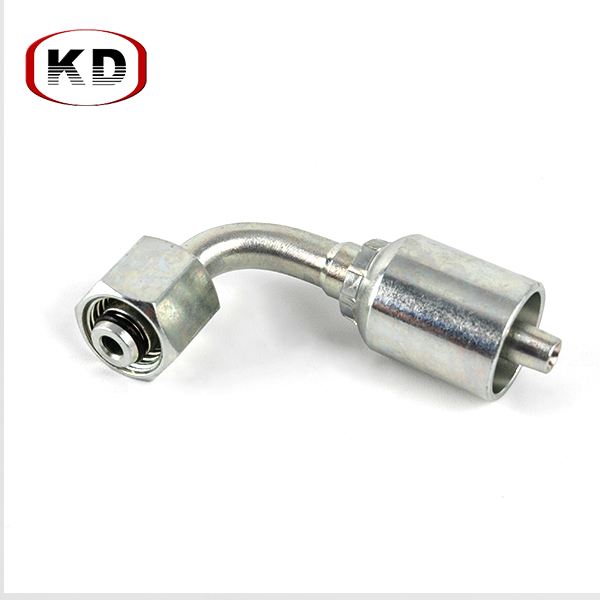Many years of foreign trade experience.
Strong production capacity, and massive stock to make sure the delivery time.
ISO quality process to make sure every piece qualifies.
One-to-one service, OEM service, provides alternative efficient solutions.

 By Admin
By Admin
Pressure Loss: Hydraulic systems operate under high pressure, and any reduction in pressure due to improper fittings can lead to significant efficiency losses. Pressure drops occur when fluid encounters resistance as it flows through fittings that are not sized correctly or are poorly designed. This not only reduces the available power for hydraulic actuators but can also lead to the need for a more powerful pump, which increases energy consumption and operational costs.
Flow Rate: The flow rate of hydraulic fluid is critical for the performance of hydraulic machinery. Fittings that are too small or have sharp bends can create restrictions that impede flow, resulting in slower actuator response times and reduced operational efficiency. Conversely, fittings designed to optimize flow—such as those with smooth transitions and adequate diameter—enhance fluid dynamics, allowing for maximum throughput and effective system operation.
Leak Prevention: Leaks are one of the most common issues in hydraulic systems and can result in substantial fluid loss, leading to decreased system performance and increased maintenance costs. High-quality fittings, especially those with reliable sealing mechanisms (such as O-rings or crimped connections), minimize the risk of leaks. Effective leak prevention not only conserves hydraulic fluid but also maintains system pressure and performance, contributing to overall operational efficiency.
Contamination Control: Contamination can severely impair hydraulic system performance and longevity. Poorly fitted connections can allow contaminants—such as dust, moisture, or other particulates—to enter the hydraulic fluid, leading to wear and tear on components. Fittings that provide a secure seal help maintain the cleanliness of the hydraulic fluid, which is essential for reducing wear, extending the life of hydraulic components, and ensuring efficient system operation.
Heat Generation: Excessive heat can have detrimental effects on hydraulic fluid and system components. Inadequate fittings that create friction points can lead to increased heat generation during operation. This not only degrades the hydraulic fluid over time, necessitating more frequent changes, but also can cause damage to seals and other components. Efficient fittings contribute to reduced friction and heat generation, thereby enhancing the overall thermal management of the system.
System Response: The responsiveness of a hydraulic system is crucial for applications requiring precision and speed. Any delays in fluid movement due to poorly designed or incompatible fittings can compromise the performance of hydraulic actuators. By ensuring that fittings are optimized for fast fluid transfer, users can achieve better control and responsiveness, ultimately enhancing productivity and operational efficiency.
Compatibility: Hydraulic systems often consist of various components, including hoses, pumps, and actuators. The compatibility of fittings with these components is essential to ensure seamless integration and operation. Incompatible fittings can lead to stress on hoses and connections, increasing the likelihood of failure. Using fittings that are specifically designed for compatibility with existing components ensures reliable connections, which in turn enhances the overall efficiency and reliability of the hydraulic system.
Metic 24°Female One Piece Hose Fitting
